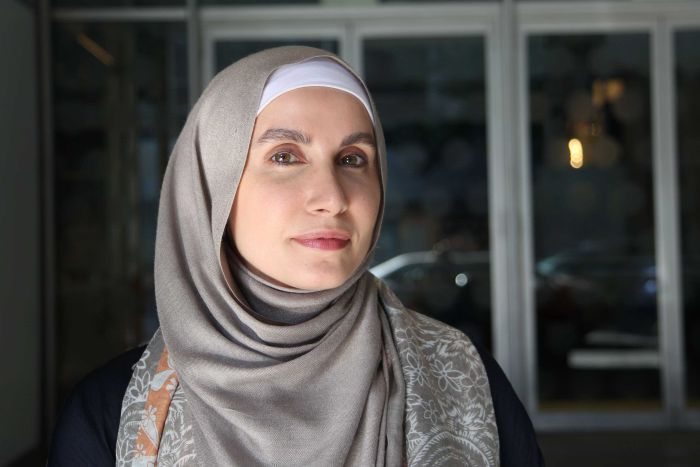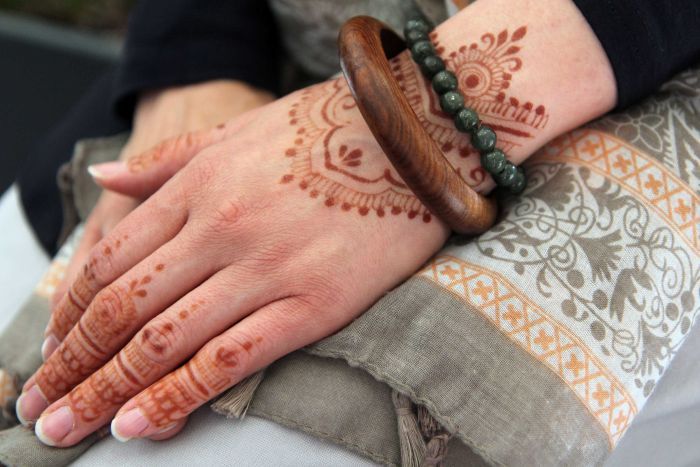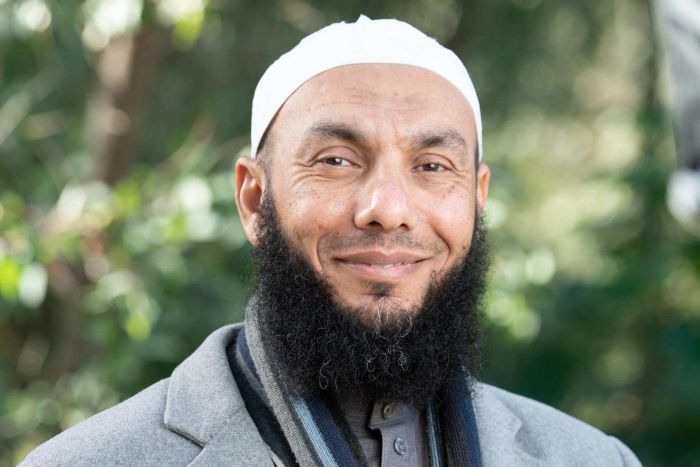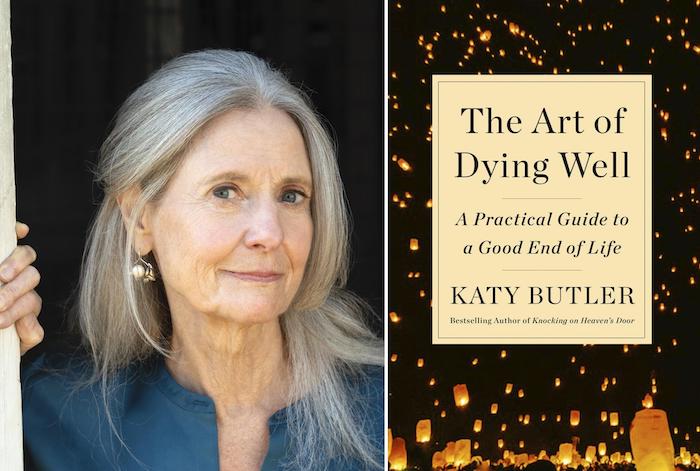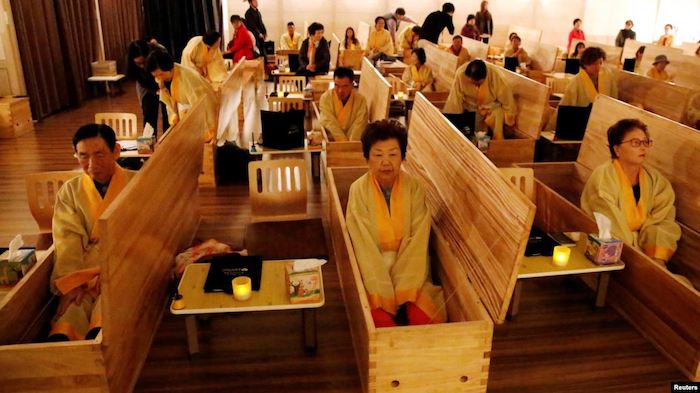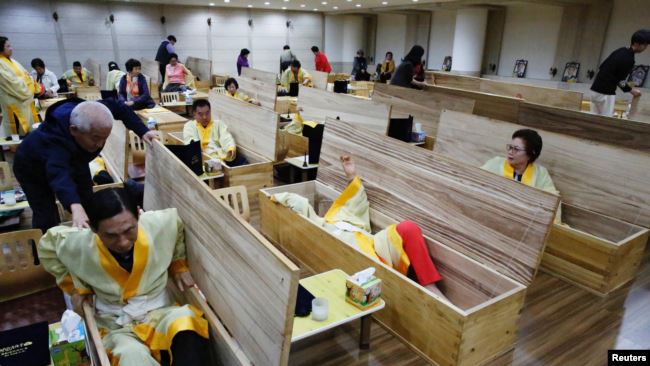Using machine learning, researchers were able to better understand what end-of-life conversations look like, which could help providers improve their communication.
By Jessica Kent
Machine learning tools could analyze conversations between providers and patients about palliative care, leading to improved communication around serious illness and end-of-life treatment, according to a study conducted at the University of Vermont’s (UVM) Conversation Lab.
Discussions about treatment options and prognoses amid serious, life-threatening illnesses are a delicate balance for nurses and doctors. Providers are communicating with people who don’t know what the future holds, and these conversations are very difficult to navigate.
Researchers at UVM wanted to understand the types of conversations patients and providers have around serious illness. The team set out to identify common features of these conversations and determine if they have common storylines.
“We want to understand this complex thing called a conversation,” said Robert Gramling, director of the lab in UVM’s Larner College of Medicine who led the study. “Our major goal is to scale up the measurement of conversations so we can re-engineer the healthcare system to communicate better.”
Researchers used machine learning techniques to analyze 354 transcripts of palliative care conversations collected by the Palliative Care Communication Research Initiative, involving 231 patients in New York and California.
They broke each conversation into ten parts with an equal number of words in each, and examined how the frequency and distribution of words referring to time, illness terminology, sentiment, and words indicating possibility and desirability changed between each decile. Conversations tended to progress from talking about the past to talking about the future, and from happier to sadder sentiments.
“We picked up some strong signals,” said Gramling. “There was quite a range, they went from pretty sad to pretty happy.”
Discussions also tended to shift from talking about symptoms at the beginning, to treatment options in the middle and prognosis at the end. Additionally, the use of modal verbs like “can,” “will,” and “might,” that refer to probability and desirability also increased as conversations progressed.
The findings reveal the importance of stories in healthcare for patients, researchers noted.
“At the end there was more evaluation than description,” said Gramling. “What we found supports the importance of narrative in medicine.”
The team is now focused on using the machine learning algorithm to identify the different types of conversations that can occur in healthcare. This could help providers understand what might make a “good” conversation around palliative care, and how different conversations require different responses. Providers could then match patients to interventions they need the most.
“One type of conversation may lead to an ongoing need for information, while another may have an ongoing need for functional support,” said Gramling. “So one of the ways those types can help us is to identify what are the resources we are going to need for individual patients and families so that we’re not just applying the same stuff to everybody.”
A deeper understanding of these conversations will also help reveal what aspects and behaviors associated with these conversations are most valuable for patients and their families. Educators could then effectively train providers to have the skills needed in palliative care.
Researchers believe that the most useful application of the machine learning tool could be at the systemic level, which could monitor how patients respond to providers in aggregate.
“I think this is going to be a potentially important research tool for us to begin fostering an understanding of a taxonomy of conversations that we have so that we can begin to learn how to improve upon each one of those types,” said Gramling.
“We already measure other processes of clinical care, we just don’t do it routinely for actual communication.”
Researchers have recently applied artificial intelligence tools to the realm of palliative care. A study published in September 2019 demonstrated that a predictive analytics tool can help increase the number of palliative care consultations for seriously ill individuals, leading to improved quality of life for patients and their families.
“There’s widespread recognition of the need to improve the quality of palliative care for seriously ill patients, and palliative care consultation has been associated with improved outcomes for these patients,” said the study’s lead author, Katherine Courtright, MD, an assistant professor of Pulmonary, Allergy and Critical Care, and Hospice and Palliative Medicine.
Complete Article ↪HERE↩!



